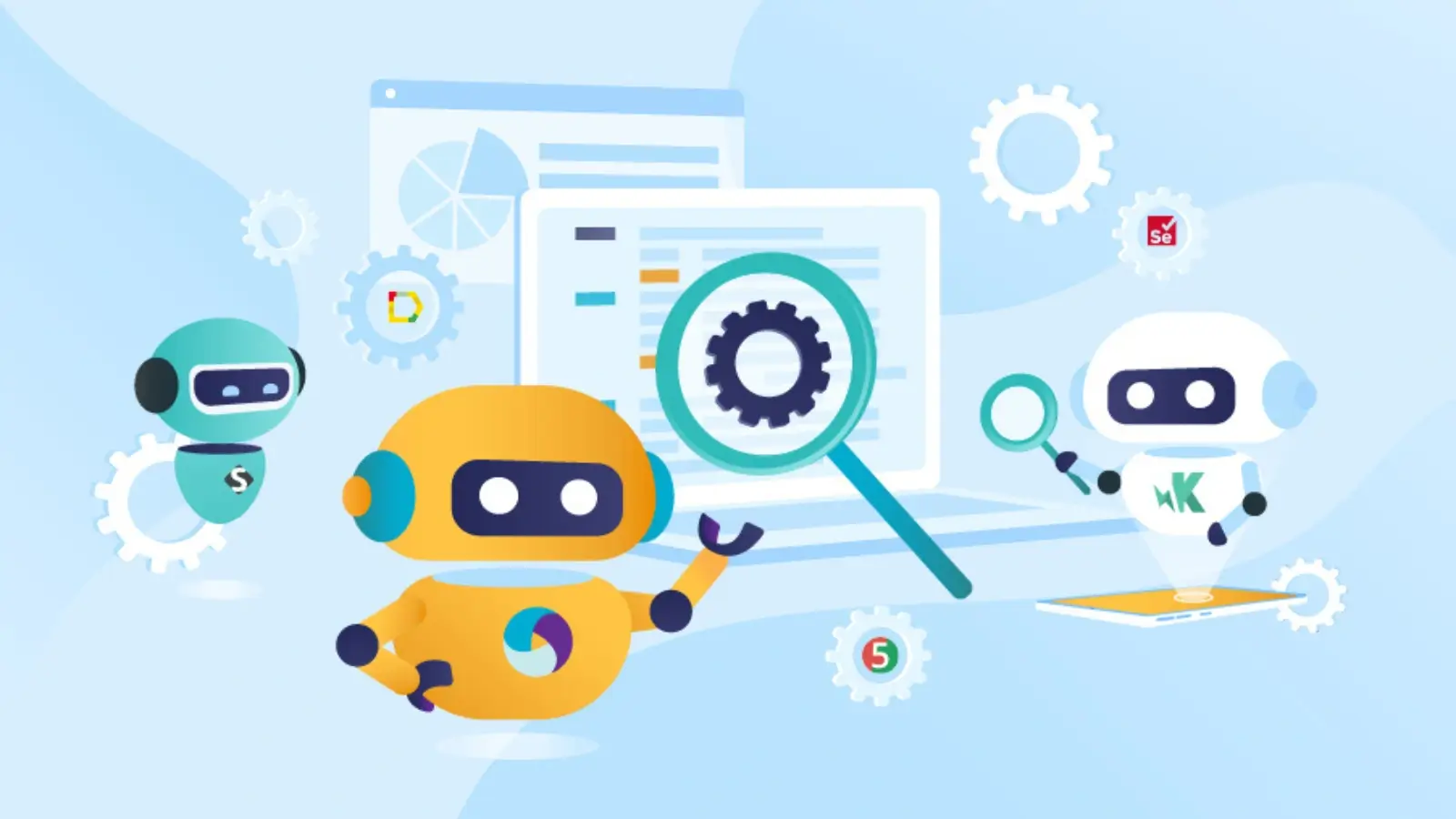


User experience defines the user journey as digital applications continue to evolve. A smooth, bug-free interface keeps users and makes business work. Functionalities and responsiveness disruptions can result in user frustration, revenue losses, and a negative brand image. This is why UI automation tools and interface testing tools are imperative to ensuring seamless communication in web, mobile, and desktop apps.
The traditional manual testing methods lag behind as software evolves and updates become more rapid. Automation provides efficiency, accuracy, and scalability—enabling teams to detect and fix issues faster than ever before. This blog will guide you through why UI and interface tests are important, what are the must-have features of automation tools, and how the right approach can change software quality.
While the former guarantees that graphical and interactive elements of an app behave and appear as they should, the latter confirms that different pieces of a system communicate as intended. Such processes keep the user experience homogenous and smooth.
Organizations that do not test for these end up with a plethora of risks:
Automation allows teams to detect defects early, enhance user experience, and avoid expensive defects that emerge after deployment.
ACCELQ is a no-code automation platform powered by AI that makes UI and interface testing easy for web, mobile, and desktop applications. Unlike traditional script-based tools, it allows teams to build, run, and maintain test cases without having to write complex code.
Here are some of its features:
ACCELQ automates UI tests for web applications accurately, allowing teams to cut down maintenance work while offering end-users a seamless experience.
This is where manual testing is limited, particularly for applications that undergo regular UI changes, and detailed workflows are tested on various device configurations. Automated testing solves these problems by running tedious test cases, finding errors, and assuring necessary application behavior.
However, knowledge of the different key aspects and elements of UI automation tools is essential for choosing such a tool from the many available before automating a UI testing process. Here are some of the top things to think about:
A scriptless interface that is easy to comprehend allows teams to create automated test cases without needing in-depth knowledge of coding. This enables non-technical testers to contribute to automation, enhancing collaboration and efficiency.
These AI-powered testing tools detect any changes to the UI and automatically update the test scripts so that fewer efforts are exhausted, ensuring that minor UI updates do not lead to test failures.
The best UI automation tool integrates with current DevOps workflows and allows users to run tests continuously in CI/CD pipelines. This guarantees that all new builds get tested before release and reduces the defects in production.
Today, applications must behave uniformly irrespective of the platforms, operating systems, and browsers being used. Cross-platform testing is a basic necessity for UI automation tools to validate the behavior of applications under different conditions.
To get the most out of UI automation, teams should adopt best practices that provide maximum coverage with maintainable scripts.
Adopting these best practices allows teams to craft more efficient tests, resulting in fewer issues, reduced maintenance efforts, and better-quality applications.
Specific UI and interface testing assist in delivering repeated high-end applications together with better user experiences. This means that the teams get to test much faster and smarter.
Organizations can, therefore, speed up their development cycles with all-encompassing test coverage by using AI-powered automation in testing. Intelligent automation takes care of application risk exposure in a dynamic and complex ecosystem, so applications remain scalable and reliable despite evolving.